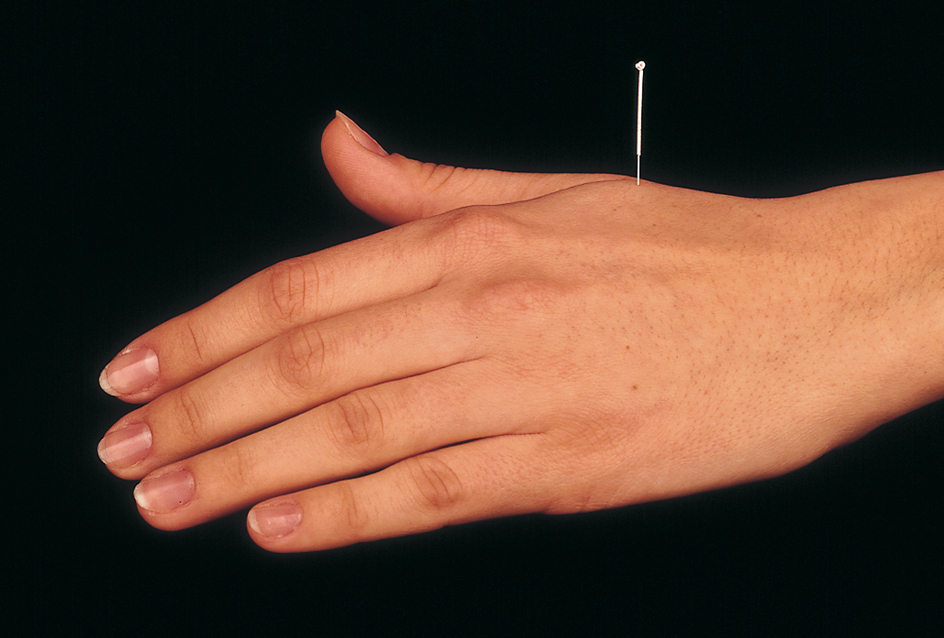Acupuncture, << AK yuh puhngk chuhr, >> is an ancient Chinese method of inserting needles into the body to relieve pain and treat disease. According to Chinese philosophy, acupuncture influences a life force that flows along 12 paired and 2 unpaired meridians. The meridians are channels of energy that run the length of the body. Specialists called acupuncturists insert needles at points along these meridians or at painful points on the body. This practice is said to restore balance between two principal forces of nature called yin and yang. Acupuncturists believe disease and pain occur as a result of imbalance between these forces.

Insertion of the needles produces a pinching feeling. This feeling quickly disappears. It may be replaced by occasional tingling or a sense of numbness, heaviness, or soreness while the needles are in place.
Acupuncture is used alone or in combination with Western medicine or Chinese herbal preparations. It is most often used to relieve pain resulting from chronic illness and severe injury. Some common afflictions acupuncturists treat include headaches, sinusitis, chronic respiratory infections, digestive disturbances, and drug dependencies. Since the late 1950’s, doctors in China have used acupuncture to relieve pain during major surgery. The patient is conscious and seems to feel little or no pain.
Loading the player...Inserting acupuncture needles
Scientists have determined that acupuncture triggers signals in the nervous system. These signals adjust the activities of the body’s internal organs. They also change the pain signals sent to the brain. Researchers have shown that acupuncture increases the brain’s production of natural painkillers called endorphins (see Endorphin ). Much of acupuncture’s influence, however, is not understood.
Acupuncture is practiced widely in Asia and Europe. It is gaining popularity and respect in the United States. Its practitioners include many medical doctors.
